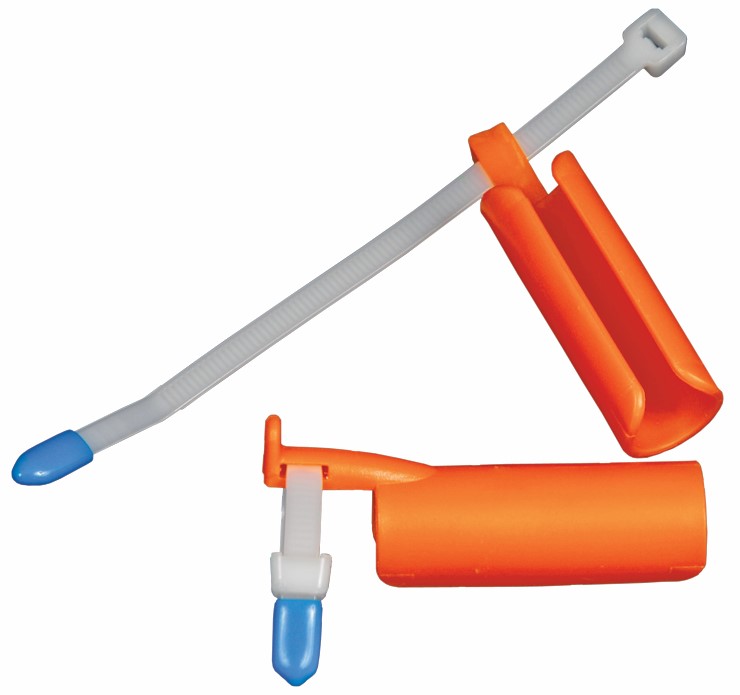Precision in Pressure
In respiratory care, flow sensors play an integral yet invisible role. By providing real-time feedback on air flow, oxygen, and pressure delivery, these small but mighty components enable ventilation and support therapy to be carefully controlled.
Just as intricately calibrated gauges ensure safety when inflating a car tire, sensitive flow sensors safeguard patients during inflation of the delicate lungs.
Sensing Flow Dynamics
Thin films, micro-channels, specialty tubes – flow sensor designs harness fluid and pressure dynamics in clever ways to detect the direction, rate, and volume of airflow. Small enough to fit inside the ventilation tubing itself, sensors provide a live feed to the controlling unit without impeding function.
Data on flow fluctuations, peak pressures, and waveform shapes gives clinical teams insight into lung function second by second. The sensitive electronic feedback loop aids recognition of occult issues like partial obstruction and guides therapy adjustments to changing needs.
Nimble Fine-Tuning
In environments where fractions of seconds and barely perceptible pressure changes carry high stakes, flow sensors magnify the clinical picture. This real-time visibility and detection allow ventilation parameters and alarms to be precisely set avoiding under- or over-inflation of delicate lung tissue.
For non-invasive support like high-flow oxygen and CPAP, flow data enhances comfort and effectiveness through nimble control unachievable by manual methods alone.
Trusted Partners in Care
At Bandb-Medical Technologies, we appreciate that behind all ingenious monitoring technology are vulnerable patients who depend on that equipment to function flawlessly. Our portfolio of flow sensors distills decades of specialized engineering experience into reliable readouts even other devices rely on to operate safely.
Strict verification testing and quality control ensure the accuracy and responsiveness necessary for meeting critical care demands.
Whether helping clinicians adjust an infant’s first CPAP breaths or alerting staff to oxygen tubing mishaps, the continuous feedback from flow sensors forms an essential safety net.
Our dedication to designing durable, precision sensors helps advance respiratory care. To learn more about our commitment to superior flow monitoring solutions, contact us today.
The Best Products We Offer
- Bubble CPAP
- Cpap For Newborn
- Neonatal CPAP
- Infant Cpap
- Nasal CPAP
- Bubble CPAP System
- Nebulizer
- continuous Nebulizer
- Large Volume Nebulizer
FAQs
Using films, tubes, or channel-based designs to detect flow speed and direction, tiny sensors feed data moment-by-moment on levels, fluctuations, and wave shapes to monitor systems controlling delivery.
Precision sensing allows life-support ventilation and oxygen delivery to be nimble and adjusted in fractions of seconds based on patient needs and pathology. This prevents under- or over-inflation that could damage the lungs.
Key parameters flow sensors measure air flow rate, direction (inhalation/exhalation), pressure maxima and minima, volume changes, and flow/time waveform shapes.
In options like high-flow nasal cannula and CPAP, flow data helps adjust flow rate, oxygen levels, humidity, and pressure for optimizing effectiveness and patient comfort levels. Precision promotes efficacy.

